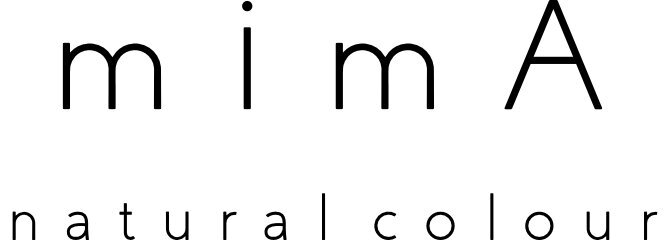Indigo Dyeing Process
Indigo pigment grows naturally in the leaves of a large number of plant species from around the world. One popular plant, Persicaria Tinctoria, also know as Polygonum Tinctorium, has been the most common source of blue in East Asia for millennia. It is known for being relatively easy to grow. It thrives in full sun, rich soil and moderate water.
The pigment can be extracted from the mature leaves and used to dye all types of natural fibers.
NDICAN - This is a molecule produced within certain plants that CAN be used directly to dye protein fibers.
INDOXYL - An intermediary molecule which easily converts to indigotin in the presence of oxygen.
INDIGOTIN and INDIGO - Used interchangeably, referring to the oxidized pigment molecule which CANNOT directly dye fibers, but requires dissolution and reduction in alkaline solution called a vat to be able to penetrate and adhere to cellulose (plant) or protein (animal) fibers.
Indigo, lime & fructose dye vat
Indigo dying in progress mimanaturalcolour garden studio
DYEING DIRECTLY ONTO SILK AND WOOL FIBERS
This is the most simple means of extracting pigment from indigo leaves. For those of you who have seen a indigo leaf, you may have noticed that it is not blue! That’s because there is not actually ‘indigo’ in the leaf but actually two precursor molecules that need to combine to form indigo. Sometimes, when the leaf is bruised, frostbitten or bug-bit you’ll notice that portions of the leaf DO turn blue. This is because the cell structure of the leaf that normally keep the two indigo ingredients separated has been ruptured, allowing them to combine and (in the presence of oxygen) form indigo.
The two ingredients are Indican and an Enzyme that digests indican. Indican itself is water soluble and actually able to dye protein fibers (silk, wool, spider webs, eggs, ) But it is typically short-lived once it is smashed or soaked out of a leaf because it is quickly digested by the enzyme into another molecule which does NOT dye fabric in the same way. Direct indican dyeing works within the limited amount of time that the indican exists (in our oxygen rich atmosphere). There are a couple methods of effectively slowing the enzyme so the dyer has a longer time to work with this pigment.
DRIED LEAF EXTRACTION
TO BE STORED INDEFINITELY AND ACTIVATED IN VATS FOR DYEING ANY TYPE OF NATURAL FIBRE
There are many different types of indigo vats-some are as authentic as using urine to ferment the vat. I'm curious about that one, but haven't yet convinced myself or the rest of us that we need to start collecting our urine. There are also indigo recipes out there that use toxic chemicals, and we also (obviously) aren't interested in that. So we use Michel Garcia's recipe 1-2-3 Organic Indigo Vat. 1 part indigo, 2 parts lime (calcium hydroxide) and 3 parts fructose. This means that for 10gm indigo we would need 20gm calcium hydroxide and 30gm fructose, for 20gm indigo we would need 40gm calcium hydroxide and 60gm fructose and so on…
To make the vat, start by putting hot water (around 40C to 50C but no hotter) in a dye pot. Its a good idea to mix the indigo powder with small amount of hot water to make a smooth paste first and make sure no gritty particles remain unmixed. To make an indigo paste, put the powder and water in a small container with a well-fitting lid then shake vigorously to incorporate all the indigo particles in the solution. Add this indigo solution to the hot water in the vat, then stir in the calcium hydroxide. Finally add the fructose and stir well. (We have tryied adding them in different order and it wirks just as well) The vat may take up to 45 minutes to be ready but I like to leave mine to ripe over night or even longer ( I noticed that it gives me stronger shades of blue). The way I build the colour is by multiple dips I would recommend a minimum of 3 dips for an even blue that has some depth. This is a really simple and environmentally friendly method and mostly that’s why I use it.



